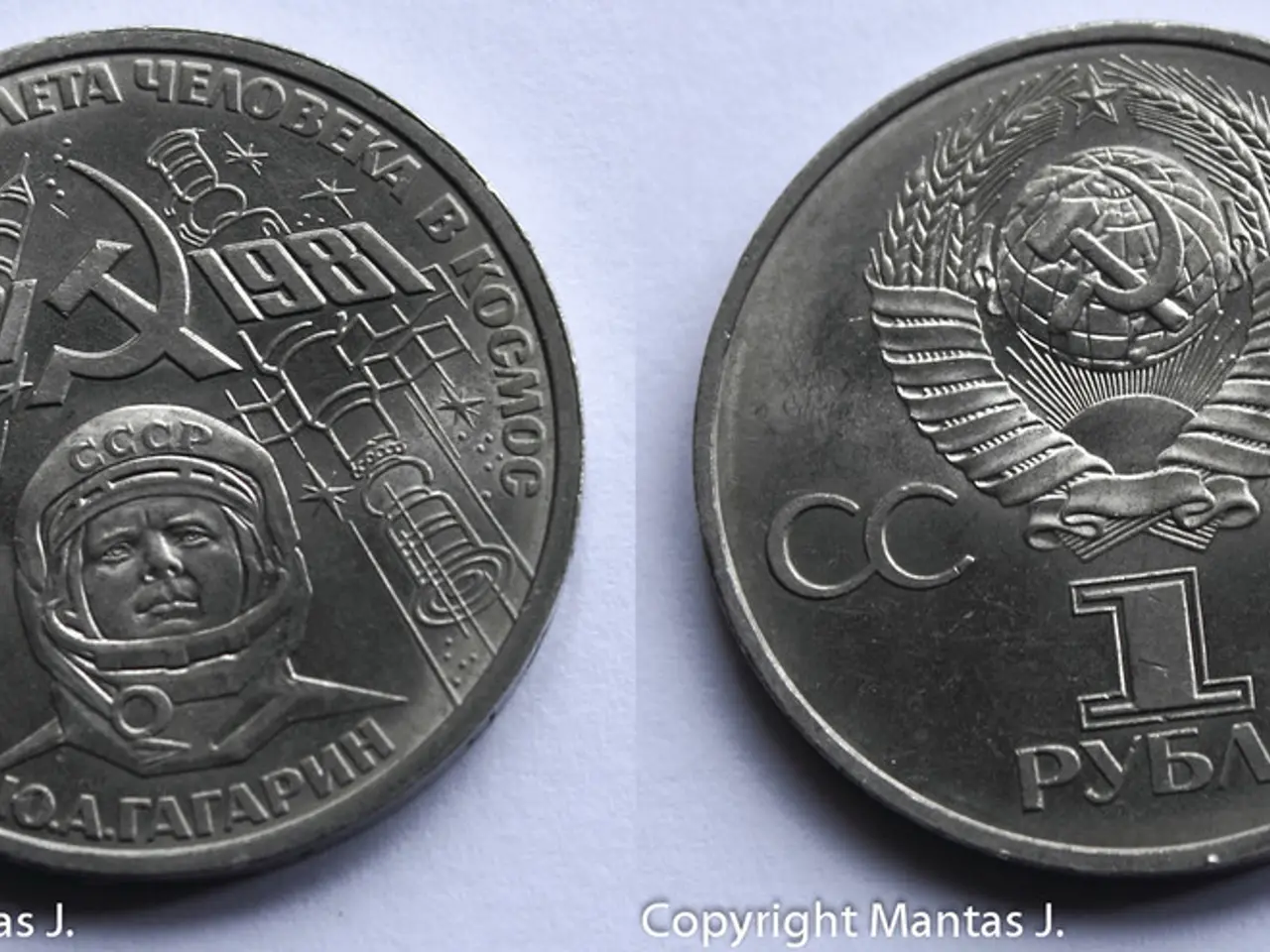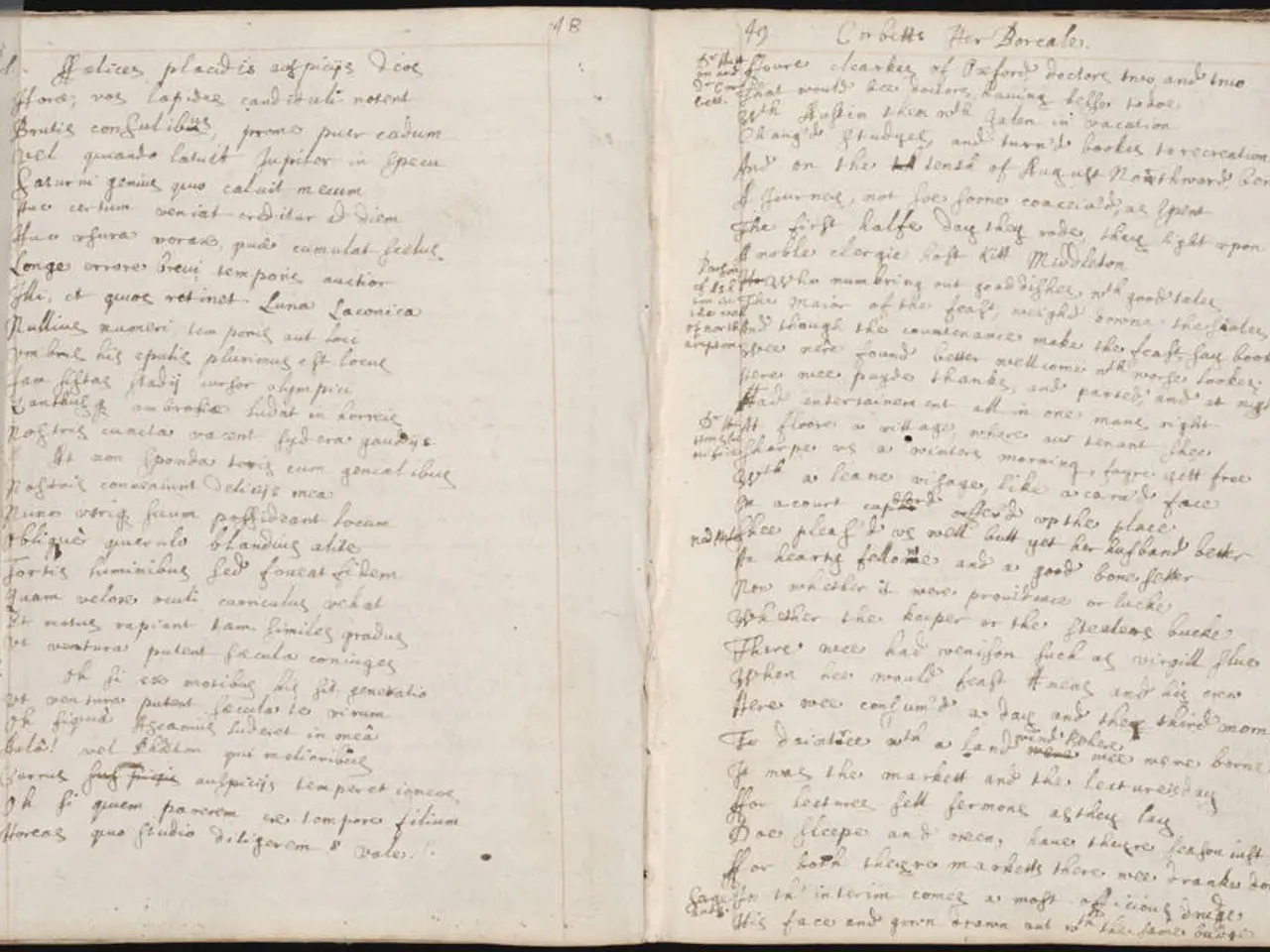American consumers adopting a new thrifty practice are shielding the U.S. economy from a potential recession while simultaneously boosting their own assets.
In a notable shift, US consumers are moving their money from traditional checking and savings accounts to financial vehicles that offer investment income, according to an analysis by the JPMorgan Chase Institute.
The primary drivers of this change include higher interest rates, strategic reallocation for better returns, growing awareness of protecting and growing savings, and a desire for income generation over passive cash holding.
The Federal Reserve’s recent rate hikes have made it more attractive for consumers to seek higher yields elsewhere rather than keeping funds in low-yield checking and savings accounts. Consumers, including lower-income earners, are moving money into higher-yield financial vehicles such as money market funds, brokerage accounts, and online savings platforms that offer more competitive interest rates and investment income.
Even households earning less than $35,000 annually are increasingly aware of these opportunities, shifting funds to accounts where money can work harder. This trend signals a broader movement towards active cash management in a high-interest environment.
Rather than letting money sit idle in accounts with minimal returns, consumers prioritize financial vehicles that generate investment income, effectively turning savings into earnings. This shift is evidenced by steady growth in cash held in higher-yield accounts, as identified in the JPMorgan Chase Institute’s data.
Interestingly, the JPMorganChase Institute’s analysis was based on data from 4.7 million households. The research also found that investment shifts were more popular for middle- and high-income earners. However, even households in the lower income bracket are participating in this trend, with total cash balances increasing at an annual rate of 5 to 6 percent.
While standard bank balances, adjusted for inflation, remain flat and historically low, consumer spending has remained strong. This suggests that Americans have been particularly savvy with their cash, even as spending has continued to increase.
In addition to this shift, a record number of consumers are turning to on-demand pay options and buy-now, pay-later microloans. Despite high inflation and uncertainty around tariffs, the US economy is growing.
Notable companies like GM have reported a seven percent increase in US car sales, and Delta Airlines have beaten Wall Street’s profit guidance. However, millions of consumers are combating inflation with a record-setting amount of credit card debt, totaling $1.18 trillion.
In a high-inflation, high-interest environment, thousands of Americans are shifting cash into accounts that yield returns. As we move forward, it will be interesting to see how these trends continue to evolve and shape the financial landscape.
- The JPMorgan Chase Institute's analysis reveals an increase in cash held in higher-yield accounts among households, as more consumers are seeking investment income for their savings, a trend particularly noticeable among lower-income earners.
- In the current high-inflation, high-interest environment, Americans are prioritizing financial vehicles that generate investment income, as evidenced by the rise in cash balances in such accounts, even while facing record-setting amounts of credit card debt.




